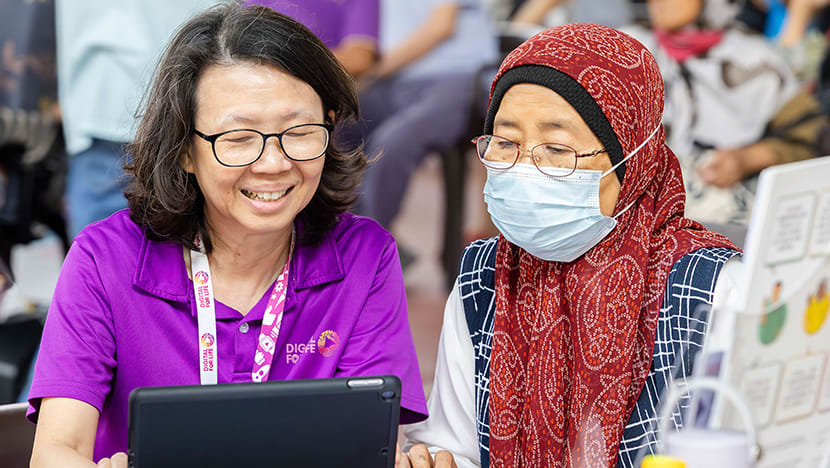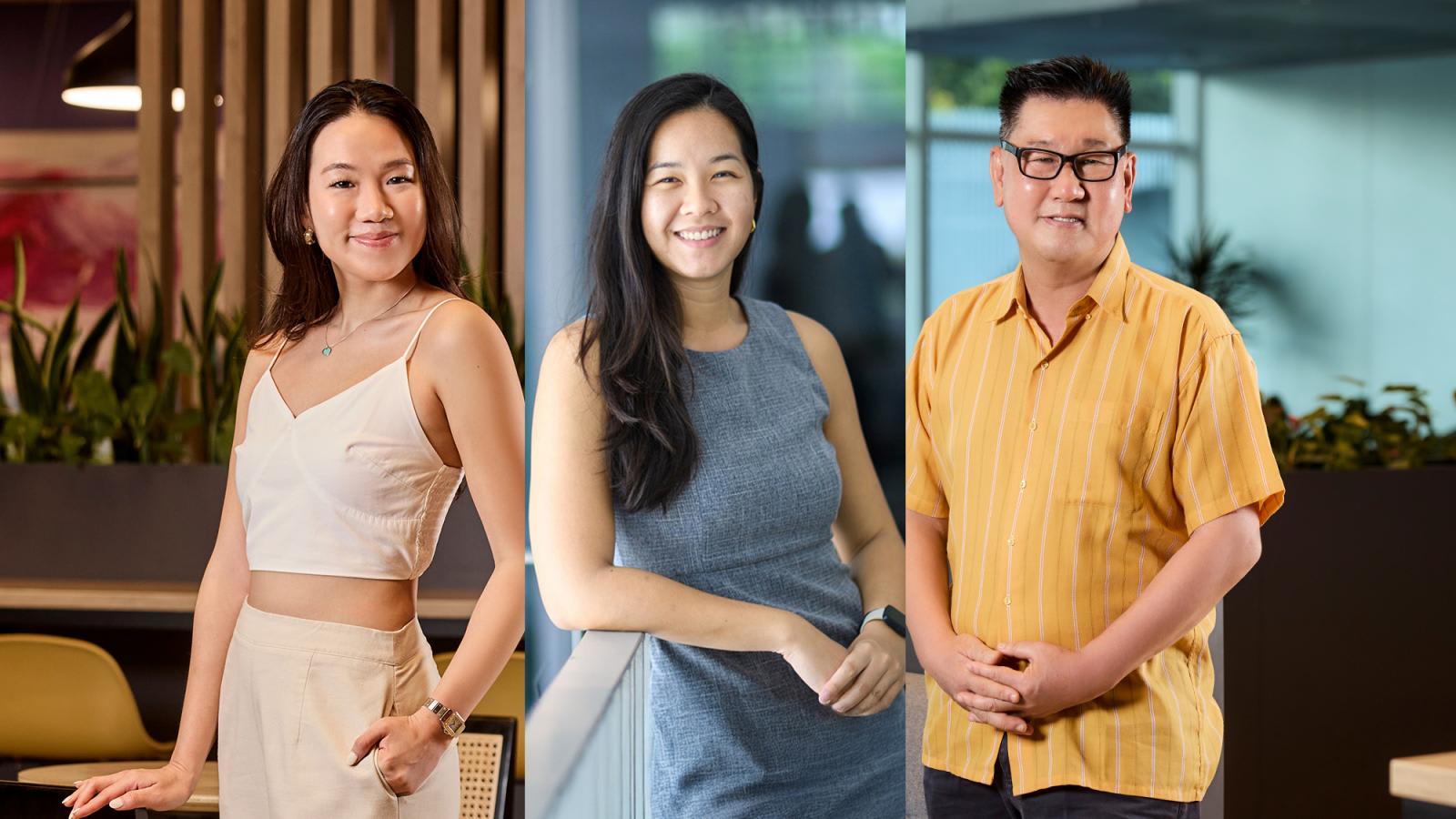Newly engaged 26-year-old social media executive Olivia Ang is knee-deep in wedding planning and budgeting. To make sense of the flood of packages for hotel banquets, decor, florists and photoshoots, she turns to generative artificial intelligence (GenAI) tool, ChatGPT. It helps her compare costs and options, and decide which ones offer better value.
Ms Ang is among a growing number of people using GenAI in both their personal and professional lives. In Asia, Singapore residents are the most frequent users of ChatGPT, according to its creator, OpenAI.
As technology becomes more ingrained in daily life, the national Digital for Life movement aims to help Singaporeans of all ages and backgrounds harness its potential for greater convenience, connection and opportunities.
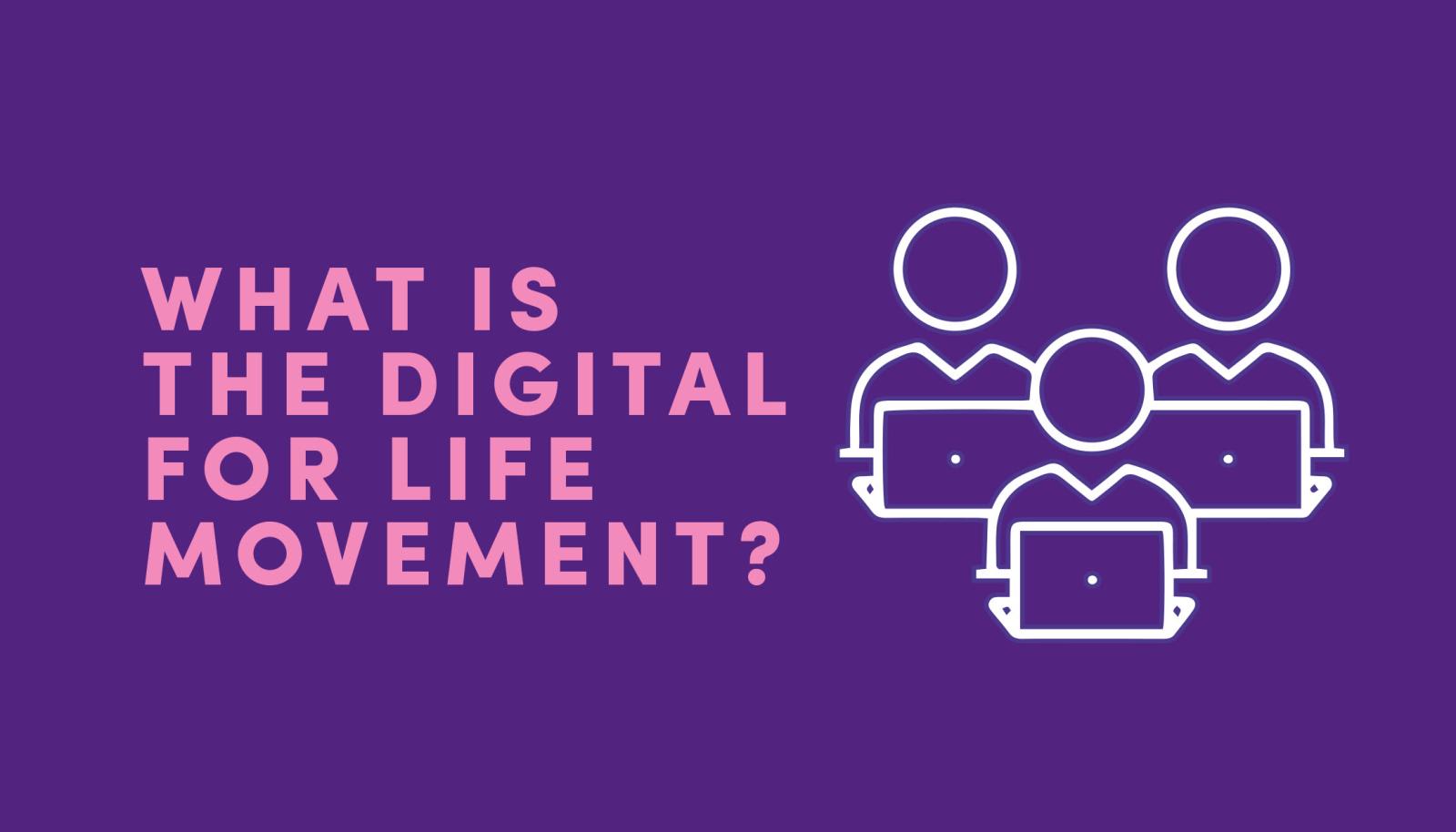
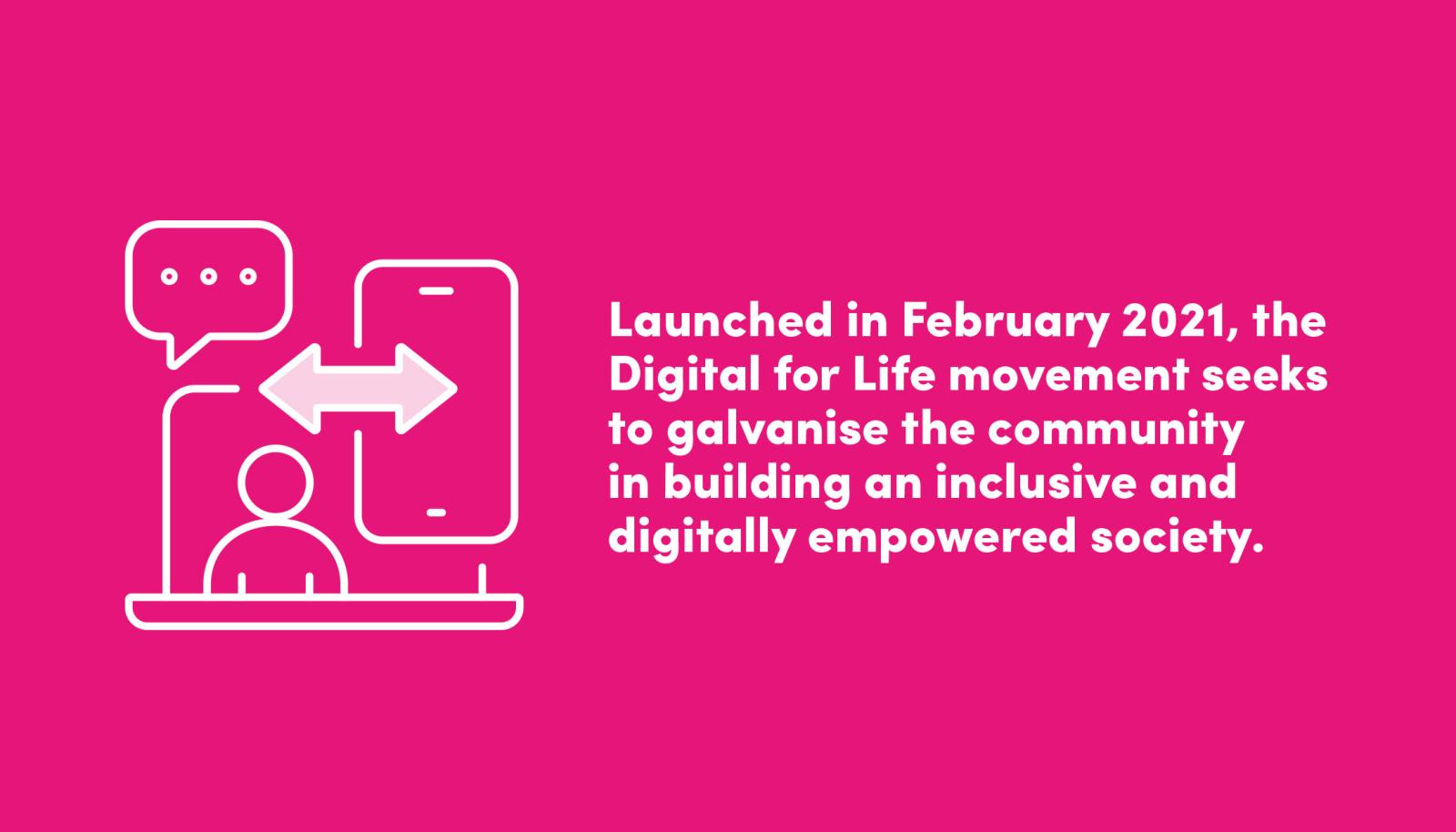
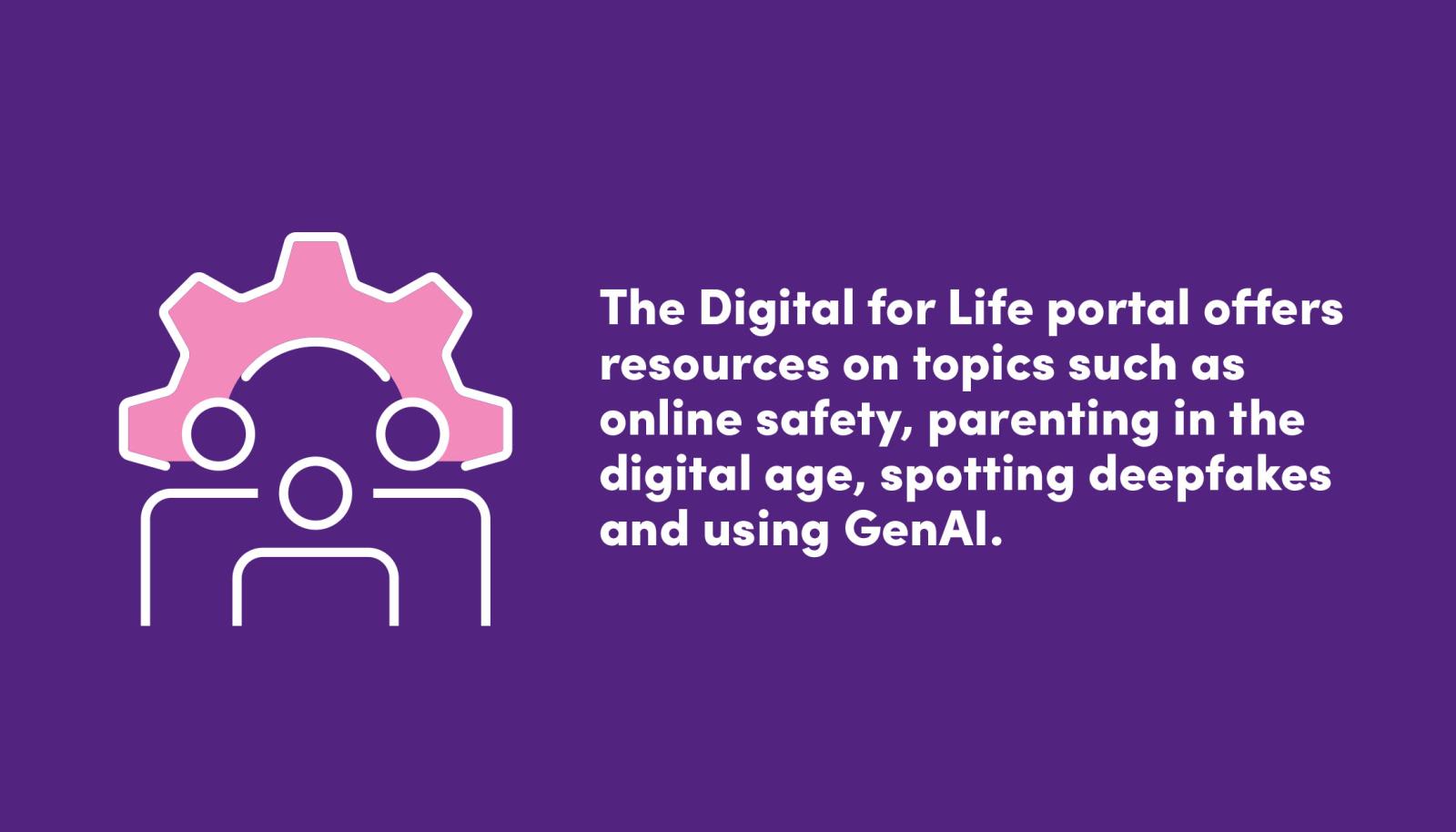
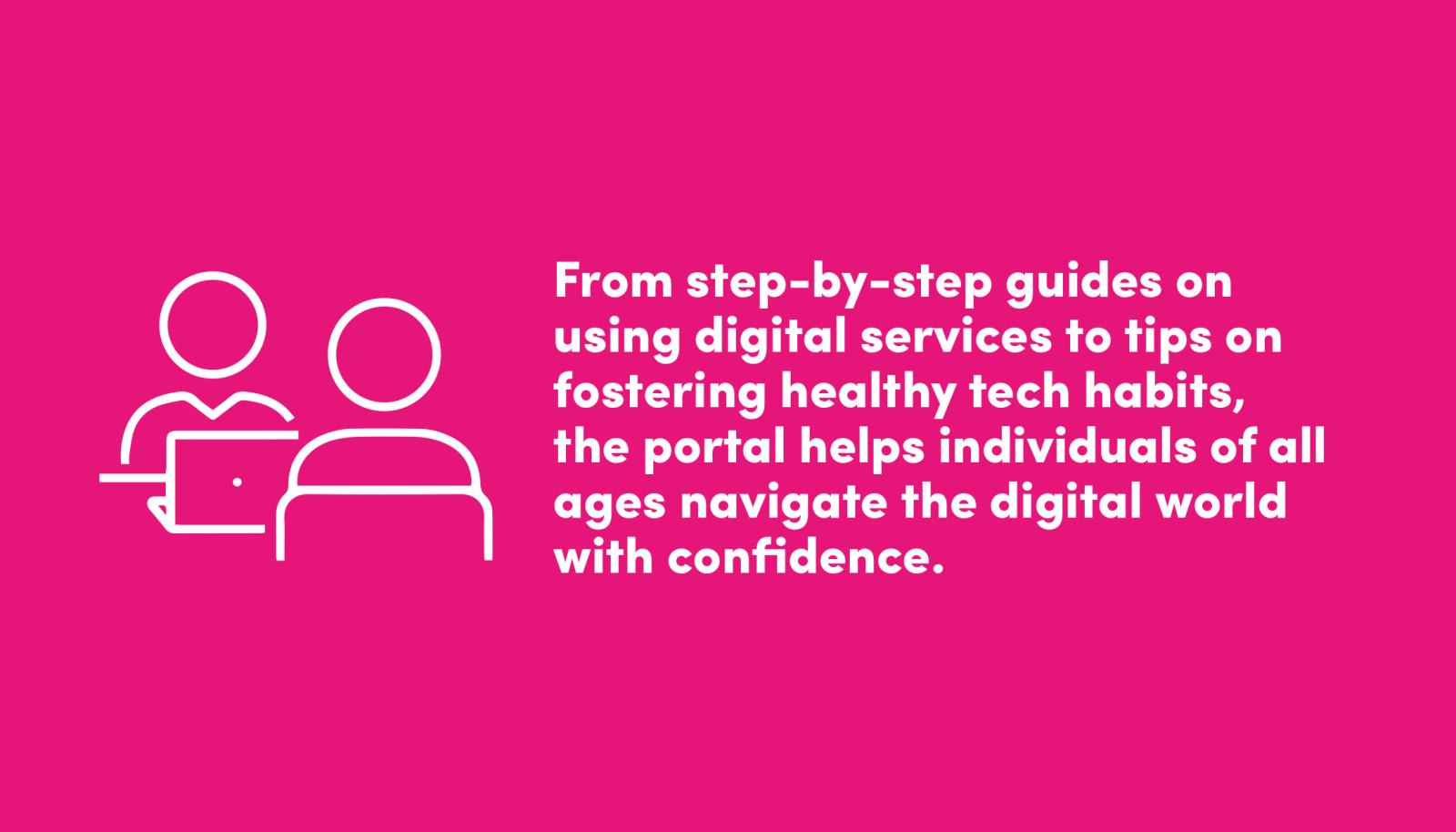




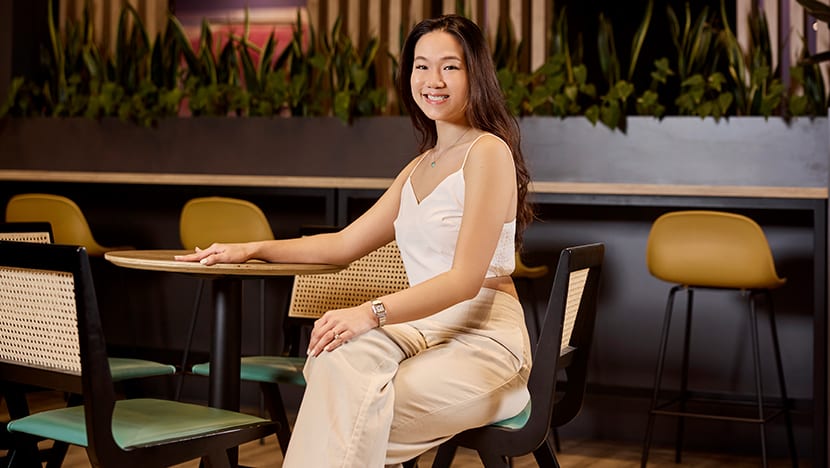
SPARKING NEW CAPABILITIES
Since secondary school, Ms Ang has enjoyed expressing her creativity through digital tools, experimenting with design and visual editing platforms such as Canva and Picsart.
When AI went mainstream, she was curious about how it could enhance not just her work but her day-to-day life. An account executive at a public relations firm, she uses ChatGPT to summarise content, analyse visuals and review reports to support her work with greater efficiency and insight. “It’s not just about work. AI is shaping everything around us, so it’s important to understand what’s happening in the field and how to use it responsibly,” she said.
With a wedding and a home renovation on the horizon, Ms Ang also uses AI-enabled platforms like Notion to manage her to-do lists and stay organised. Many GenAI tools – including ChatGPT – offer both free and paid versions, making it easier for users to try them out before committing to subscriptions. For those new to GenAI, the Digital for Life portal offers a beginners’ guide to GenAI and tips on how to use ChatGPT – from simplifying everyday tasks to supporting learning.
RAISING SAFE AND CONFIDENT NAVIGATORS OF THE ONLINE WORLD
While GenAI empowers individuals like Ms Ang to explore new possibilities in adulthood, digital literacy often begins at home – shaped by how parents guide their children’s use of technology. For Ms Charlene Chen, that means making deliberate choices about when and how to introduce digital devices.
Her daughters, aged 11 and 9, will not receive smartphones until they enter secondary school. In the meantime, they have regulated access to devices like iPads. “I don’t see the need for phones right now – I fetch them to and from school, and they can always reach me through the phone at their school’s general office,” said the 36-year-old.
Her elder daughter often points out that many of her classmates already have smartphones. “It’s tricky to navigate the situation,” Ms Chen acknowledged. “As parents, we do review the topic of phones regularly, but we’ve agreed that we need to stay firm in our decision.”
Children are already immersed in digital tools, especially in school, where devices and online learning platforms are part of everyday lessons. Ms Chen sees this as another reason to be intentional about the broader use of technology at home.
To help parents guide their children in the digital world, the Digital for Life portal provides resources to help children develop healthy tech habits and stay safe online across different developmental stages – particularly on social media and gaming platforms.
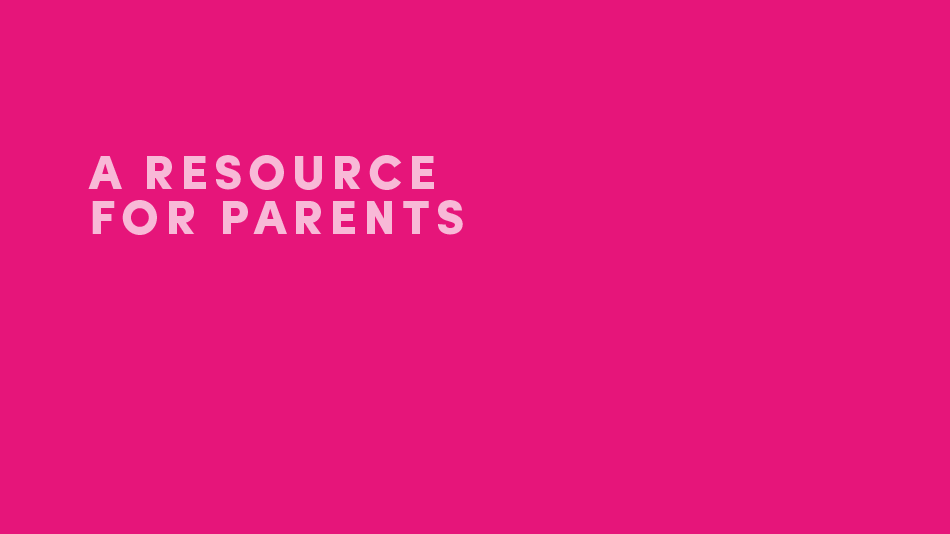
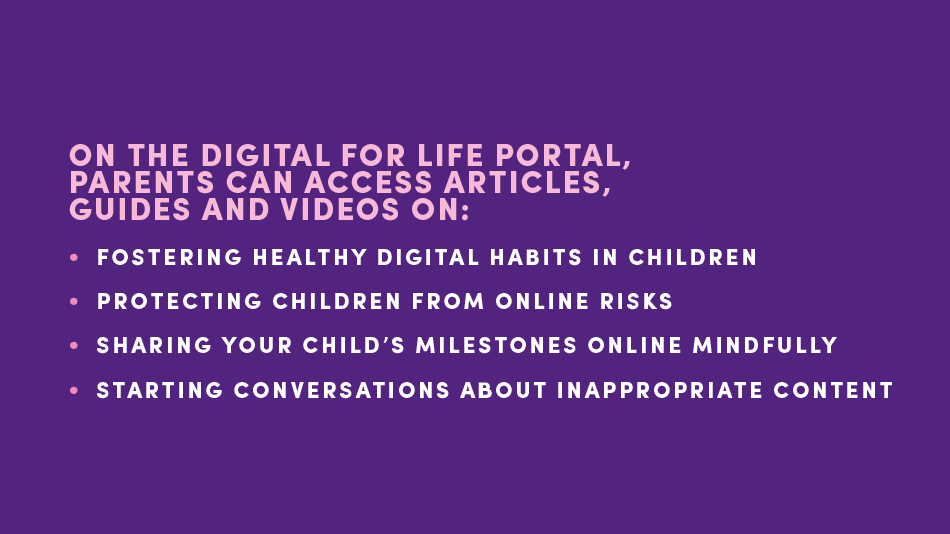

In the meantime, Ms Chen is preparing her daughters for the day they’ll navigate the online world on their own. She often joins them as they play Roblox on their iPads. YouTube is only available on the living room TV, where she engages them in open discussions about what they’re watching and whether they find the content useful or educational.
She compares it to letting them walk slightly ahead when they go out, observing how they judge traffic or respond to strangers from a safe distance. “It’s important to be honest with children about the reality of what’s online – scams, predators and so on,” she said. “I tell them, ‘When you get a smartphone, you will have to make some decisions on your own, because I won’t always be by your side to guide you.’”
When they’re old enough for social media, Ms Chen expects these conversations to evolve, covering topics like privacy and the risks of seeking validation online.
Whatever they encounter, she wants her children to know that they’ll never face it alone – they can always talk to her, their father or another trusted adult, like a teacher. “It’s our job as parents to help them understand what’s appropriate and what’s going on in the world,” she reflected. “I hope the habits we’re building now will stay with them into their teens and beyond.”
STAYING ACTIVE AND CONNECTED THROUGH TECHNOLOGY
Digital habits – whether formed in childhood or later in life – play a key role in helping people stay informed and connected. For Mr Vincent Tai, 67, that means using messaging apps to keep in touch with his social circles when he’s not catching up with friends over kopi. “About 70 per cent of my phone use is WhatsApp,” said the part-time security guard, who has three children and a grandson. “I’ve got group chats for my family, badminton buddies, fellow security officers and church friends.”
To keep up with the times, Mr Tai has taken courses on digital skills at his neighbourhood Active Ageing Centre, including workshops on spotting scams. He has also joined workshops held by the National Library Board, where he learnt how to download and read local newspapers on his smartphone.
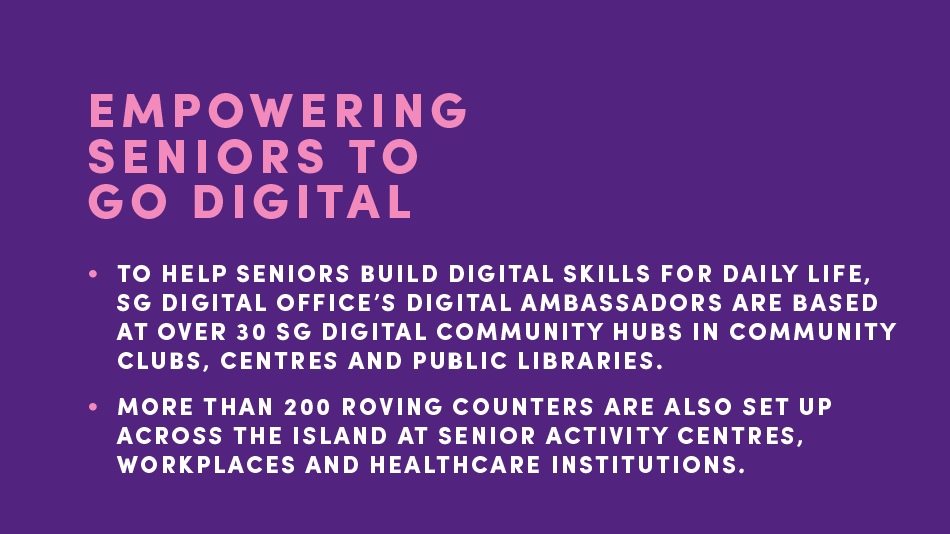
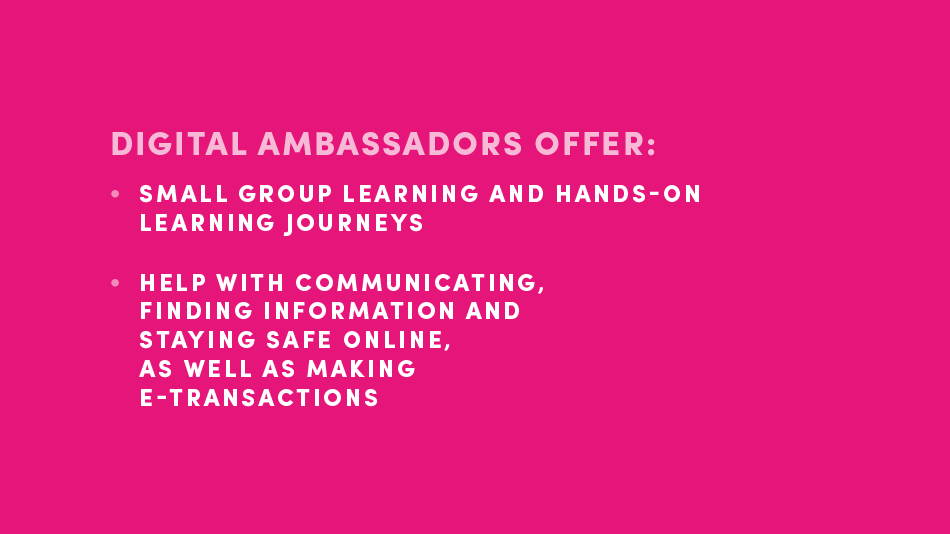
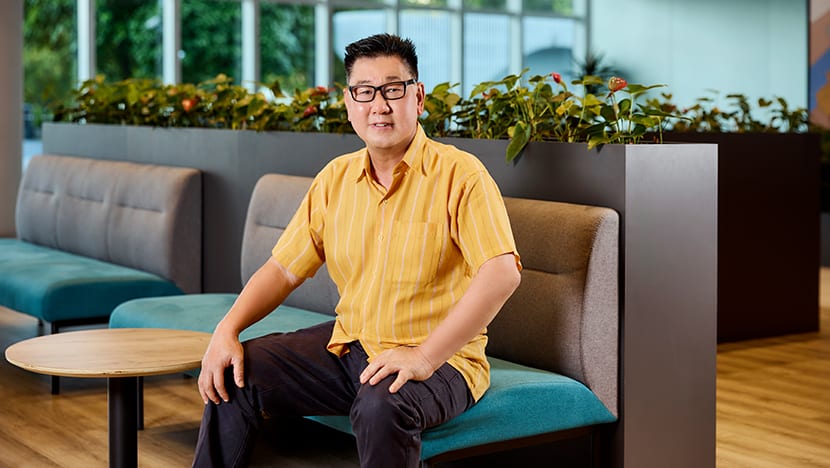
Work has also been a source of learning for Mr Tai. As a security officer, he uses his smartphone to scan QR codes to clock in at patrol points. “I’m not that fast on the keyboard, but I can manage daily e-transactions like using PayNow to buy food at the hawker centre,” he said.
He has observed that many seniors remain hesitant about using technology, which he thinks is a pity. At the hospital where he is stationed for work, he has seen elderly visitors wait for a long time in the taxi queue, or give up and take the bus, simply because they don’t know how to book a ride through an app.
For him, staying up to date is part of ageing well. “It’s about finding a healthy balance,” he said. “You have to accept technology as part of life, no matter how old you are – you can’t run away from it.”
Mr Tai also uses technology to stay mentally active. He turns to platforms like ChatGPT and Google’s AI summary feature to explore topics that interest him, such as the history of religion. When he meets his friends, they often share what they’ve learnt and discuss news they’ve read online. But Mr Tai is careful not to depend too much on GenAI for understanding or explaining things. “Not all its answers are 100 per cent accurate – I use it only to get an idea of alternative views,” he said.
His approach reflects a healthy scepticism that has become increasingly important. As more information moves online, guarding against scams and misinformation is part of staying digitally literate – especially for seniors navigating the online world independently.
More than just a source of information, technology has helped Mr Tai stay socially active in his golden years. “These days, if your friends want to send you photos or invite you to a gathering, you’ll miss out unless you’re in the group chat,” he said. “Technology gives you a sense of belonging. Otherwise, even if you wanted to call someone – who still uses a landline these days?”
